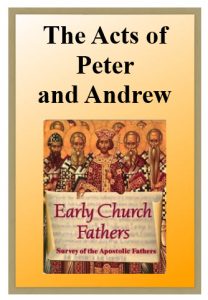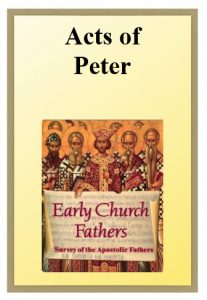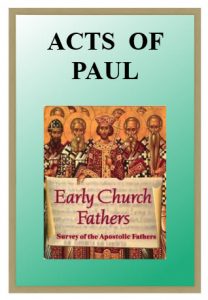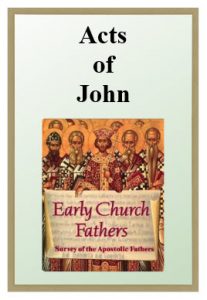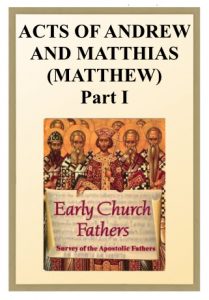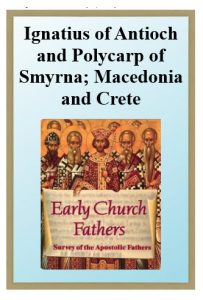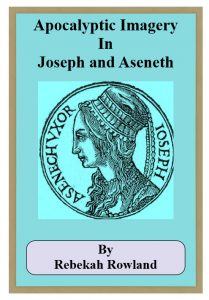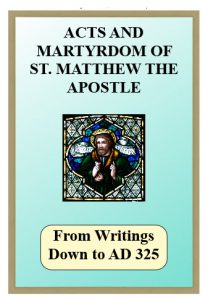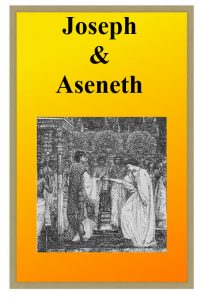[A continuation of the Acts of Andrew and Matthias (Mathew)]
1 When Andrew left the city of the man-eaters, a cloud of light took him up and carried him to the mountain where Peter and Matthias and Alexander and Rufus were sitting. And Peter said: Have you prospered? Yes, he said, but they did me much hurt. Come then, said Peter, and rest awhile from your labours.
2 And Jesus appeared in the form of a little child and greeted them, and told them to go to the city of the barbarians, and prornised to be with them, and left them.
3 So the four set out. And when they were near the city Andrew asked Peter: Do many troubles await us here? ‘I do not know, but here is an old man sowing. Let us ask him for bread; if he gives it us, we shall know that we are not to be troubled but if he says, I have none, troubles await us.’ They greeted him and asked accordingly. He said: If you will look after my plough and oxen I will fetch you bread . . . . ‘ Are they your oxen?’ ‘No, I have hired them.’ And he went off.
4 Peter took off his cloak and garment and said: It is no time for us to be idle, especially as the old man is working for us; and he took the plough and began to sow. Andrew protested and took it from him and sowed, and blessed the seed as he sowed. And Rufus and Alexander and Matthias going on the right, said; Let the sweet dew and the fair wind come and rest on this field. And the seed sprang up and the corn ripened.
5 When the farmer returned with the bread and saw the ripe corn he worshipped them as gods. But they told him who they were, and Peter gave him the Commandments . . . . He said: I will leave all and follow you. ‘ Not so, but go to the city, return your oxen to the owner, and tell your wife and children and prepare us a lodging;
